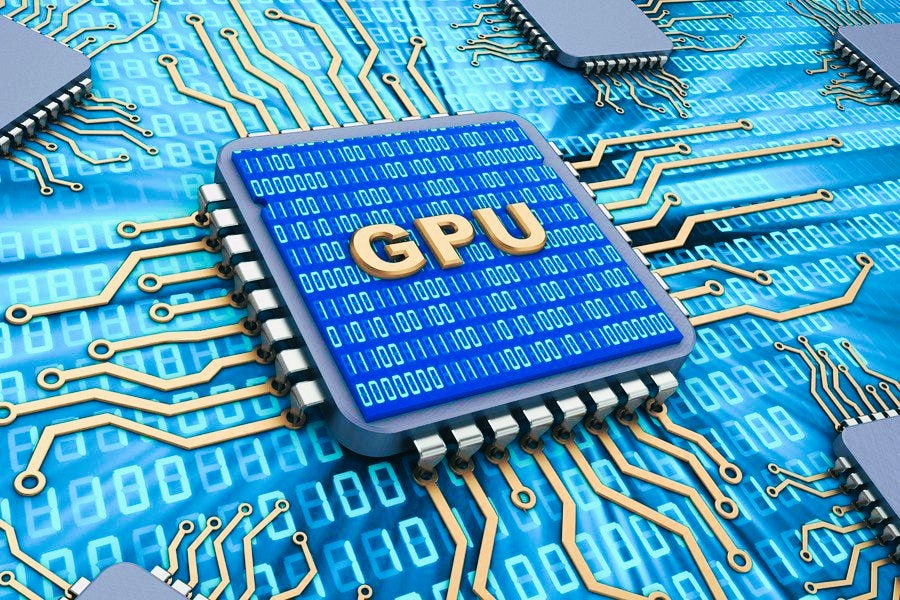In the ever-evolving realm of technology, it’s easy to feel overwhelmed by the barrage of acronyms and terminology. Fear not! Our Tech Glossary is here to unravel the mysteries of tech speak, empowering you with the knowledge to navigate the digital landscape. Let’s dive into the alphabet soup of technology and emerge with a clearer understanding.
1. CPU (Central Processing Unit): The brain of your computer, responsible for executing instructions and performing calculations. CPUs come in various configurations, affecting a computer’s speed and performance.
2. GPU (Graphics Processing Unit): Primarily responsible for rendering graphics and accelerating image and video processing. GPUs are crucial for gaming, video editing, and other graphics-intensive tasks.

3. RAM (Random Access Memory): Temporary storage that allows your computer to access data quickly. More RAM means your system can handle multiple tasks simultaneously without slowing down.
4. SSD (Solid State Drive): A storage device that uses flash memory to store data. SSDs are faster and more durable than traditional hard disk drives (HDDs) and are commonly used for operating systems and frequently accessed files.
5. DNS (Domain Name System): A system translating human-readable domain names (like www.example.com) into IP addresses that computers use to identify each other on the internet.
6. API (Application Programming Interface): A set of rules allowing one software application to interact with another. APIs enable the integration of different services, fostering seamless functionality.
7. Firewall: A security barrier that monitors and controls incoming and outgoing network traffic, protecting a network or device from unauthorized access or cyber threats.
8. Cloud Computing: The delivery of computing services, including storage, processing power, and software, over the internet. Examples include cloud storage services like Dropbox and cloud-based applications like Google Workspace.
9. IoT (Internet of Things): A network of interconnected devices that can communicate and share data. Smart home devices, wearables, and industrial sensors are all part of the Internet of Things.
10. Algorithm: A step-by-step set of instructions or rules for solving a specific problem or accomplishing a particular task. Algorithms are fundamental to computer science and programming.
11. VR (Virtual Reality) and AR (Augmented Reality): VR immerses users in a simulated environment, while AR overlays digital information onto the real world. Both technologies offer unique and interactive user experiences.

12. Open Source: Software whose source code is freely available for the public to view, modify, and distribute. Examples include the Linux operating system and the Firefox web browser.
13. Malware: Malicious software designed to harm or exploit computers and networks. Types of malware include viruses, worms, trojans, and ransomware.
14. Bandwidth: The maximum rate of data transfer across a network. Higher bandwidth allows for faster internet speeds and better performance when streaming or downloading.
15. API Rate Limiting: A strategy to control the number of requests an API user can make within a specified time frame. It prevents abuse and ensures fair usage of resources.
Now equipped with this tech glossary, you’re rea

